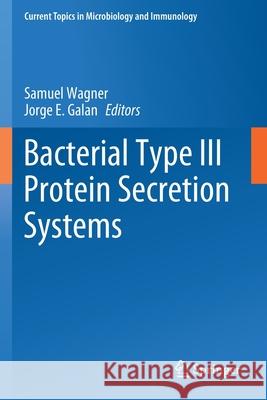Bacterial Type III Protein Secretion Systems » książka
topmenu
Bacterial Type III Protein Secretion Systems
ISBN-13: 9783030521257 / Angielski / Miękka / 2021 / 230 str.
Bacterial Type III Protein Secretion Systems
ISBN-13: 9783030521257 / Angielski / Miękka / 2021 / 230 str.
cena 523,30
(netto: 498,38 VAT: 5%)
Najniższa cena z 30 dni: 501,19
(netto: 498,38 VAT: 5%)
Najniższa cena z 30 dni: 501,19
Termin realizacji zamówienia:
ok. 22 dni roboczych
Dostawa w 2026 r.
ok. 22 dni roboczych
Dostawa w 2026 r.
Darmowa dostawa!
Kategorie BISAC:
Wydawca:
Springer
Seria wydawnicza:
Język:
Angielski
ISBN-13:
9783030521257
Rok wydania:
2021
Wydanie:
2020
Numer serii:
000195728
Ilość stron:
230
Waga:
0.34 kg
Wymiary:
23.39 x 15.6 x 1.3
Oprawa:
Miękka
Wolumenów:
01
Dodatkowe informacje:
Wydanie ilustrowane











